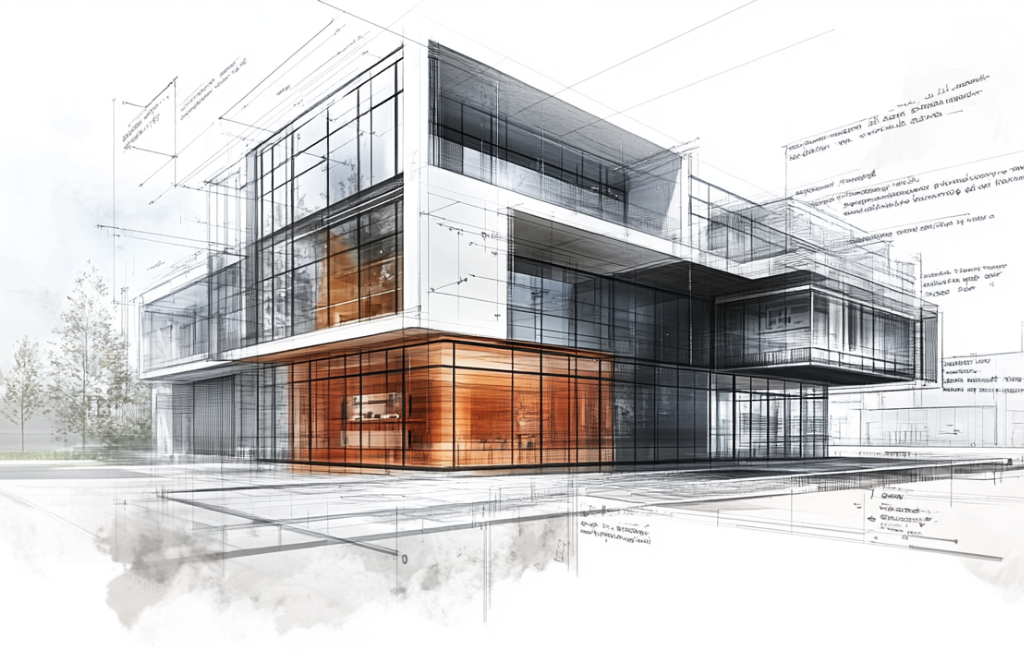
Architect Builds Modern Cities
-
Table of Contents
- Architect Builds Modern Cities
- The Role of Architects in Urban Development
- Designing for Sustainability
- Case Study: The Bosco Verticale in Milan
- Innovative Architectural Designs
- Case Study: The Burj Khalifa in Dubai
- Urban Planning and Public Spaces
- Case Study: The High Line in New York City
- The Future of Urban Architecture
- Smart Cities
- Case Study: Songdo International Business District in South Korea
- Conclusion
Architect Builds Modern Cities
Modern cities are a testament to human ingenuity and architectural prowess. The role of architects in shaping these urban landscapes cannot be overstated. From designing skyscrapers that touch the sky to creating sustainable urban environments, architects are at the forefront of building the cities of tomorrow.
The Role of Architects in Urban Development
Architects play a pivotal role in urban development. They are responsible for designing buildings and public spaces that are not only functional but also aesthetically pleasing. Their work impacts the daily lives of city dwellers, influencing everything from the flow of traffic to the availability of green spaces.
Designing for Sustainability
Sustainability is a key consideration in modern architecture. Architects are increasingly focusing on creating buildings that are energy-efficient and environmentally friendly. This includes the use of sustainable materials, energy-efficient systems, and designs that reduce the carbon footprint.
- Use of renewable energy sources such as solar panels
- Incorporation of green roofs and walls
- Implementation of water-saving technologies
Case Study: The Bosco Verticale in Milan
The Bosco Verticale, or Vertical Forest, in Milan is a prime example of sustainable architecture. Designed by Stefano Boeri, this pair of residential towers is covered in trees and shrubs, providing a green oasis in the heart of the city. The vegetation helps to improve air quality, reduce noise pollution, and regulate temperatures within the buildings.
Innovative Architectural Designs
Innovation is at the heart of modern architecture. Architects are constantly pushing the boundaries of what is possible, creating structures that are not only functional but also visually stunning. These innovative designs often become iconic landmarks, attracting tourists and boosting the local economy.
Case Study: The Burj Khalifa in Dubai
The Burj Khalifa in Dubai is the tallest building in the world, standing at a staggering 828 meters. Designed by Adrian Smith of Skidmore, Owings & Merrill, this architectural marvel features a unique design inspired by Islamic architecture. The building’s innovative design includes a series of setbacks that reduce wind forces, allowing it to reach unprecedented heights.
Urban Planning and Public Spaces
Urban planning is a critical aspect of modern city development. Architects work closely with urban planners to create public spaces that enhance the quality of life for residents. These spaces include parks, plazas, and pedestrian-friendly streets that encourage social interaction and promote a sense of community.
Case Study: The High Line in New York City
The High Line in New York City is a prime example of successful urban planning. This elevated park, built on a disused railway line, has transformed a neglected area into a vibrant public space. Designed by James Corner Field Operations and Diller Scofidio + Renfro, the High Line features walking paths, gardens, and public art installations, attracting millions of visitors each year.
The Future of Urban Architecture
The future of urban architecture is likely to be shaped by advances in technology and a growing emphasis on sustainability. Architects are exploring new materials and construction techniques that could revolutionize the way buildings are designed and built.
Smart Cities
Smart cities are an emerging trend in urban development. These cities leverage technology to improve the efficiency of urban services and enhance the quality of life for residents. Architects play a key role in designing the infrastructure for smart cities, including smart buildings, transportation systems, and public spaces.
- Integration of IoT (Internet of Things) devices
- Use of data analytics to optimize urban services
- Development of sustainable and resilient infrastructure
Case Study: Songdo International Business District in South Korea
Songdo International Business District in South Korea is one of the world’s first smart cities. Designed by Kohn Pedersen Fox, this city features cutting-edge technology, including a central control system that monitors and manages everything from traffic to energy consumption. The city’s design also prioritizes sustainability, with extensive green spaces and energy-efficient buildings.
Conclusion
Architects are at the forefront of building modern cities, shaping the urban environment in ways that enhance the quality of life for residents. Through innovative designs, sustainable practices, and a focus on creating vibrant public spaces, architects are helping to create cities that are not only functional but also beautiful and sustainable. As technology continues to advance, the role of architects in urban development will become even more critical, paving the way for the cities of the future.
- A Comprehensive Take A Look At Practical Mushrooms Made Use Of in Coffees
- ** Galloping Towards Health: Just How CBD Can Change Your Horse’s Health **.
- Why Investors Are Turning to the Best Gold IRA Companies This Year
- The Ultimate List for an Effective Silver IRA Rollover
- Gold vs. Silver IRAs: Which Custodian Is Right for You?